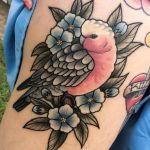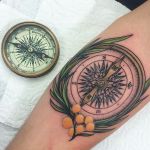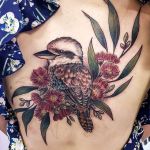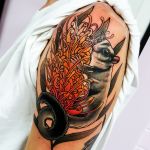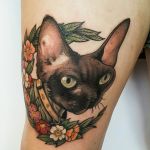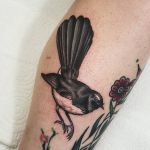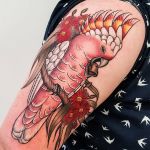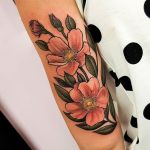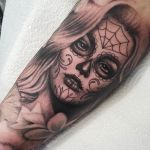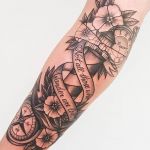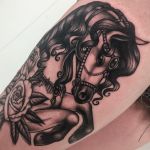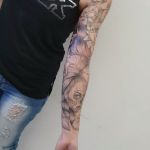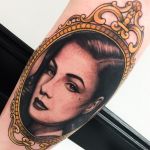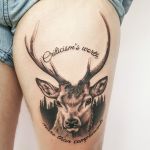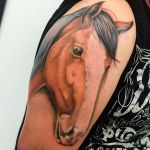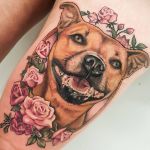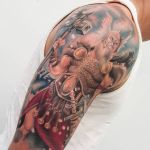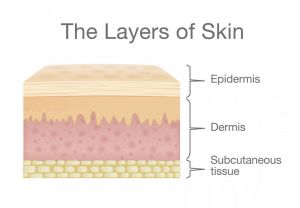A quick guide to tattoo styles and other considerations for designs.
Neo Traditional
My favourite and preferred style that I concentrate on is my own twist of Neo Traditional where my colouring and blending errs more on the side of realism than traditional.
Greywash (Black & Grey)
This is my second favourite style to do which I can render in both Neo-Traditional or Realism.Portraits require a good photo reference.
Colour Realism
I enjoy colour realism from time to time. It is the most technical and time consuming of all tattoo styles and therefore does cost a lot more than other styles.
Points to consider for colour realism tattoo:
- A good photo reference with a high resolution.
- A large design. This style is not suitable for small tattoos.
- Flexibility with the design due to dependence on photo reference
- Healthy inclusion of black ink through darker blends to creative brightness and maintain longevity of the tattoo
- Dark background for lighter coloured subjects with low contrast
- Consideration of colours to complement skin tone. With darker skin colours, tanned skin and freckles, the melanin will dominate the lighter colours after healing.
- Best suited for arms, legs and back.
- Sometimes a black outline will help with the design limitations of colour realism (see dog example)
..
Factors to consider
Size
The size you choose will ultimately impact how clear the tattoo will look in 10, 20, 30+ years time. The bigger a tattoo is, the better it will look for longer.
If we make detailed tattoos too small, the tattoo will become indiscernible as details end up merging into one another over the years. This is because over years/decades, as your skin ages the ink will shift slightly under the skin with time. This is biology and is unavoidable. Making designs larger results in larger spaces between details so the ink has a little bit of ‘wiggle room’ to move around but still be able to see the design clearly.
Colour and different skin types. Tattoos are made of ink particles suspended in the dermis. Your epidermis is the ‘glass’ and your skin colour is the amount of ‘tint’ in the glass. The more melanin (natural pigment) in your skin, the more tint in your ‘glass’. The below image illustrates the effect this has on colour.
If you have darker skin this doesn’t necessarily mean you are not able to get any colour. We just need to be more strategic with colour choice, make effective use of solid colour blocks, bold lines, black shading minimal fine detailing, and ensuring there are plenty of skin breaks. Warm colours that are not cut with white pigment work the best. Really dark skin will look best with black work and no colour.

